Features of white budgies
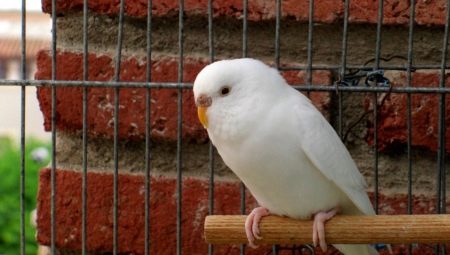
The budgerigar is a beautiful songbird with a noisy character. The natural color of representatives of this family is green, matching the color of vegetation. Australia is the homeland of these amazing birds.
A variety of white budgerigars was obtained by crossing lutinos - yellow parrots and white feathers with a blue tint of the same family. The result was an amazing snow-white bird, which was named albino.
In addition to albinos, another species of white parrots is known, the peculiarity of which is the presence of a unique pattern. You can consider the Latin letter "V" when the bird folds its wings. Against the background of the white color, it stands out with a characteristic grayish tint. This peculiar variety of the family was obtained by crossing the individuals of the opaline and the white color of the parrots.
What is the difference between albinos?
Due to their unusual appearance - the amazing whiteness of the plumage, on the surface of which waves are hardly distinguishable, these birds are in great demand. As you know, representatives of birds with snow-white plumage are called albinos. Individuals of the presented species are excellent singers, they are able to quickly memorize and repeat words, they are very talkative.

Of the distinctive features, albinos are characterized by:
- pure white feathers;
- the color of the eyes is red, which is characteristic of all albinos, with a whitish iris;
- light paws;
- beeswax of light colors - white or pink - depending on the sex of the bird.
It is the color of the wax that allows you to accurately determine who is in front of you: a charming female - she is white or a handsome male - the owner of a pink beak.

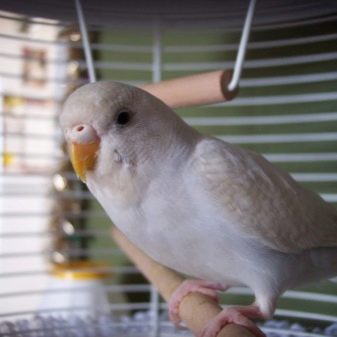
Behavior
The behavior of the parrots is very changeable: here they are sitting, discontentedly ruffled, and only a minute ago they were cheerful and noisy. The behavioral characteristics of these cute birds depend on several factors.
- Food can radically change the behavior of restless and active birds.
- So, if dry food predominates in their diet, then they become drowsy, inactive, and sometimes very noisy. May lose appetite.
- A balanced diet, dominated by natural products, makes you active and cheerful.

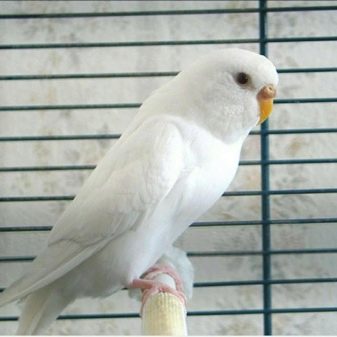
- Conditions of detention. The behavior and health of feathered pets can be especially influenced by a number of factors.
- Lack of sunlight. Lethargy, predisposition to illness, lack of desire to play and walk.
- Temperature and humidity conditions in the room. The consumption of food decreases, the parrot is immobile and cuddly most of the time.
- Stressful situations - frequent cage movements, regular diet changes, bright lights or harsh sound. This causes outbursts of anger, aggression, hostility.
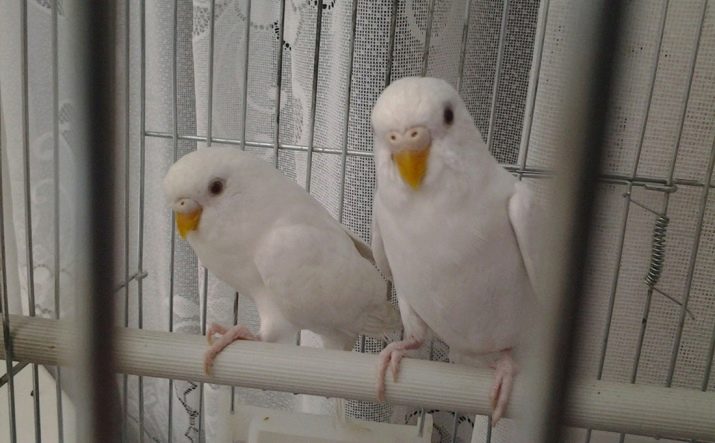
- Mating season... During puberty, parrots of different sexes behave completely differently. So, boys tend to:
- active, and sometimes even obsessive courtship;
- melodiousness;
- loud screams and bursts of emotion.
If a parrot does not have a pair, then as an object of his adoration he can choose one of his favorite toys, a mirror - perceiving the reflection in it as his soul mate or owner. At this time, one must be especially careful and affectionate with the bird, play with him, and in no case offend him.
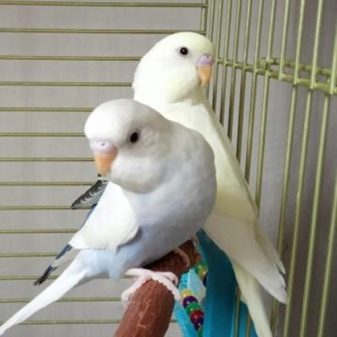

- The behavior of girls is fundamentally different from the opposite sex:
- females often become aggressive;
- actively select a place for a future nest;
- show an increased interest in paper, pecking it into small pieces;
- spend a lot of time on the perch, spreading their wings and cooing.
Lonely females often begin to lay eggs at this moment, which can negatively affect their health. Keep a close eye on the condition and behavior of the bird throughout the hormonal surge.
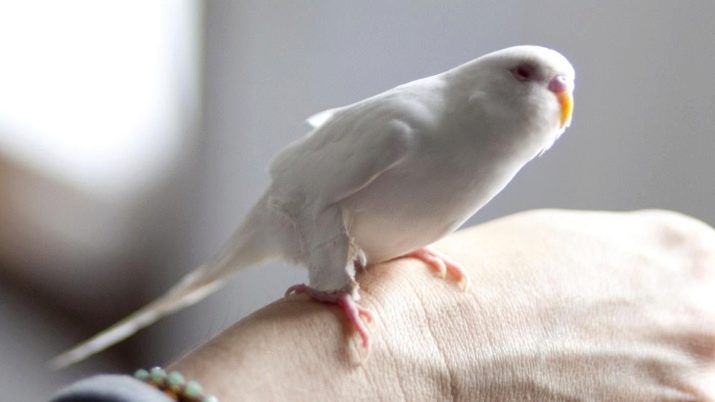
- Molt time. At this time, when the natural process of plumage renewal occurs, the behavior of birds, regardless of their gender, is similar. Parrots:
- become irritable;
- do not want to make contact;
- lose their appetite;
- are always in a bad mood;
- regularly rub against a cage or perch.
But this phenomenon is temporary. As soon as the birds acquire new feathers, their cheerful disposition and desire to communicate will return to them.
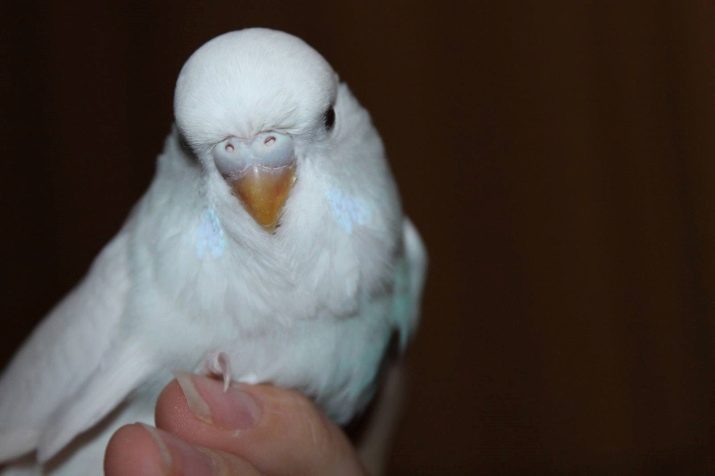
For information on how to care for wavy white parrots, see the next video.









Thanks. The video is cool, useful.
Thanks for the information.
Thanks a lot.
We bought our parrot like a boy. I think we were deceived. Initially, the wax was blue and white, and now it is gray and white, albino.